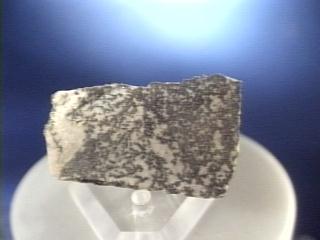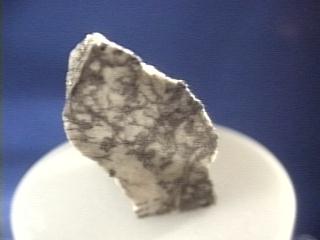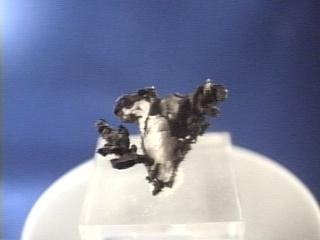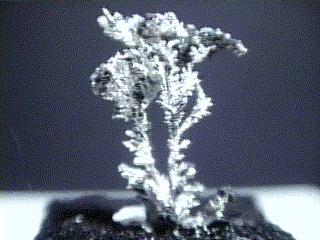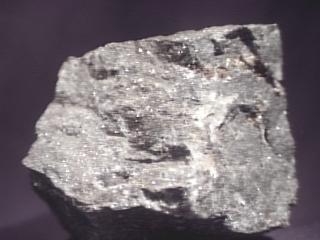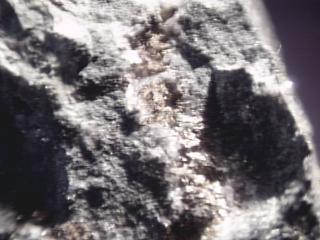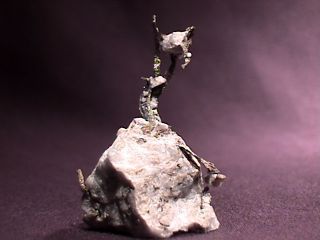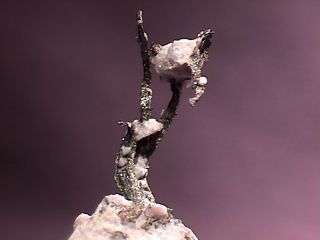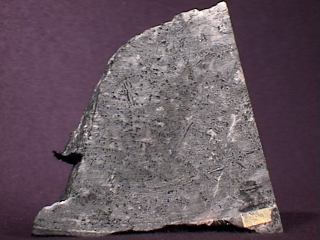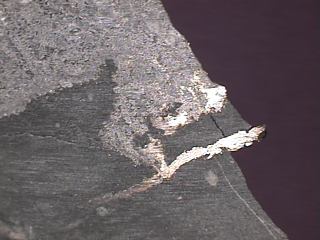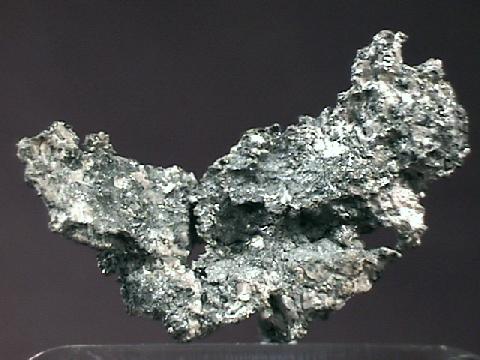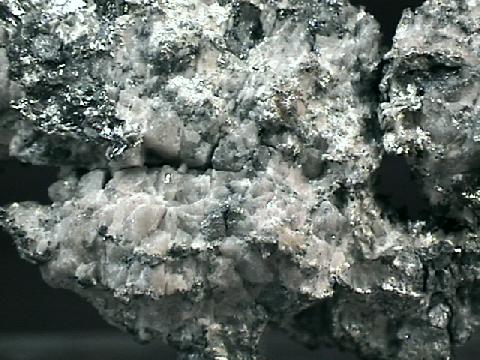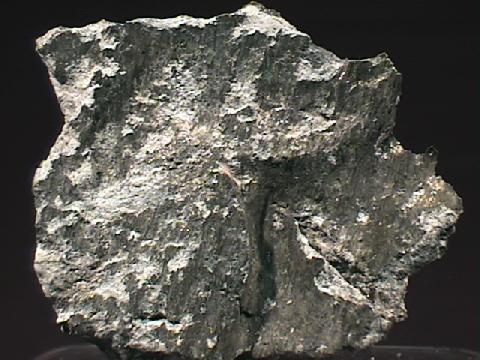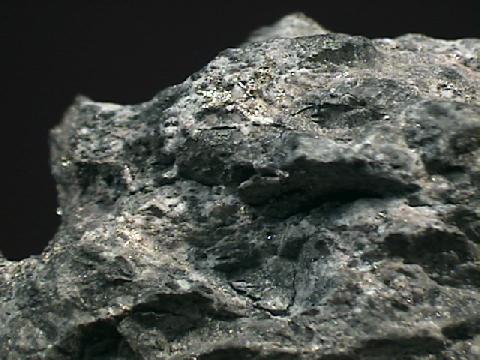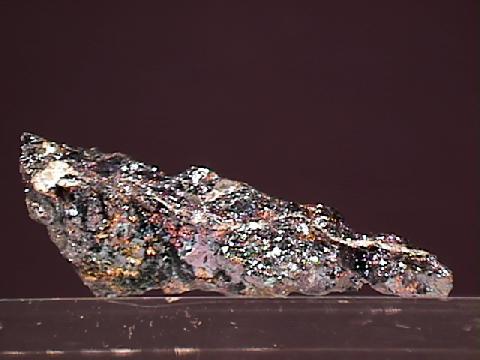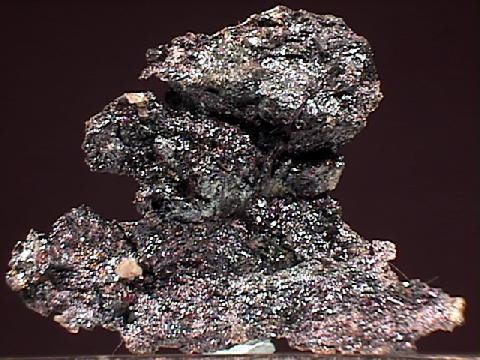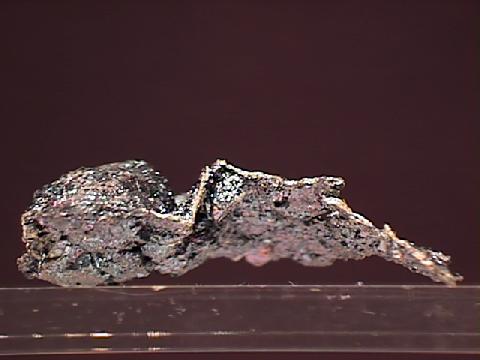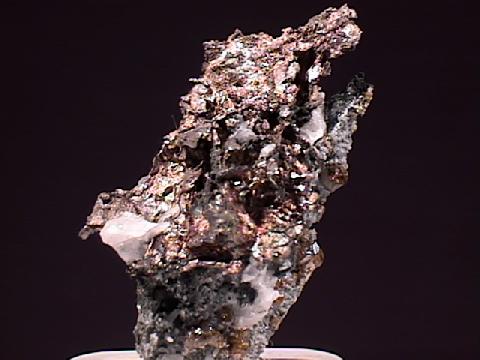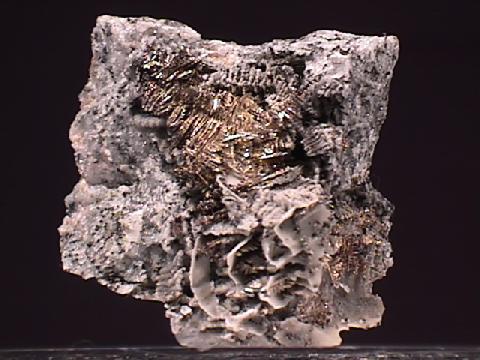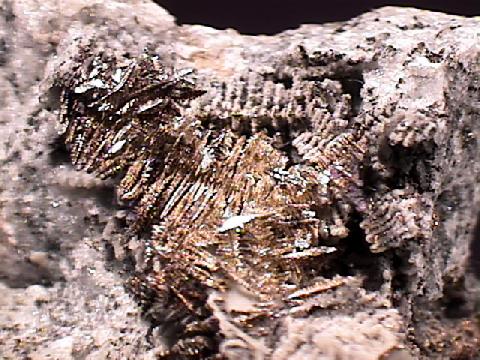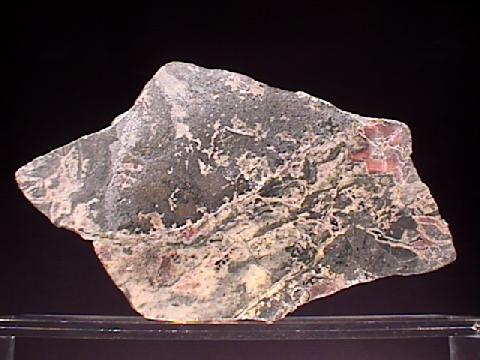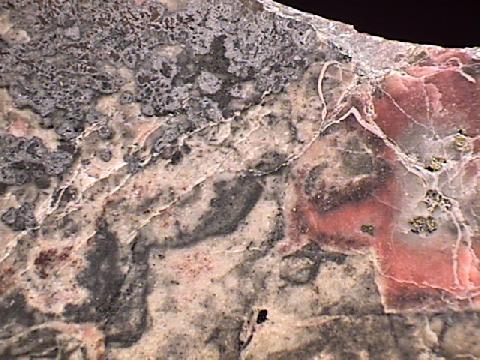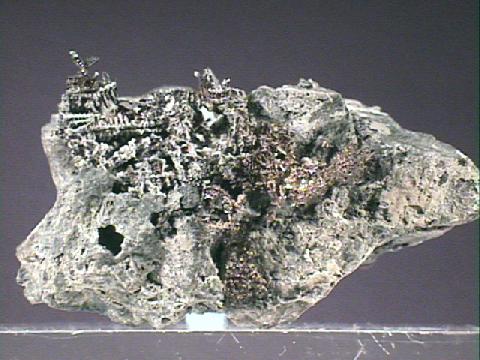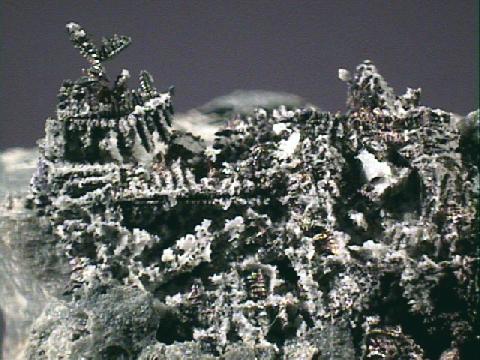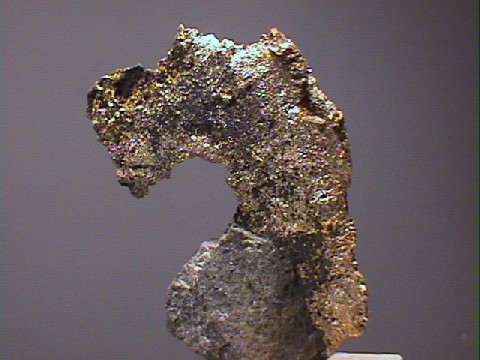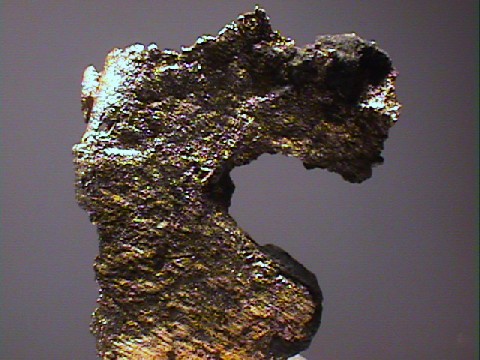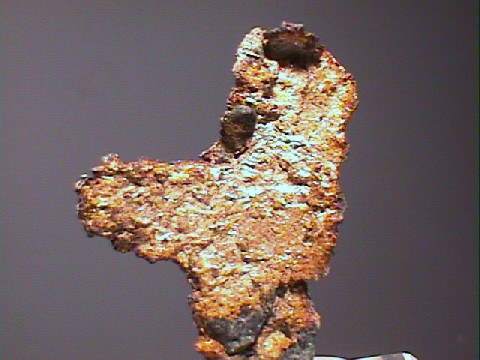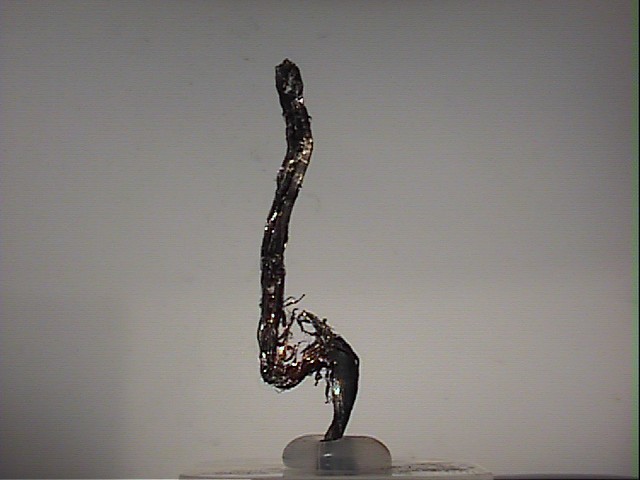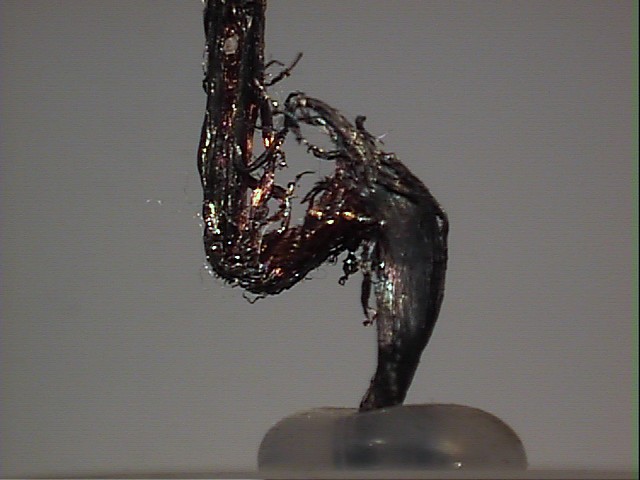 NATIVE SILVER NATIVE SILVER
- Chemistry: Ag, Elemental silver
- Class: Elements
- Group: Gold
- Uses: Minor ore of silver for use in
jewelry,
coins and photographic films and other industrial uses.
- For natural mineral specimens, see Silver Specimens
Silver has been mined for eons and has always been popular in jewelry and for coinage.
Only in the past hundred years however, has the demand for silver been so great.
The reason for this demand is the use of silver in the photography industry, which takes advantage of silver's reactivity to light.
Native Silver is rare and much silver is produced from silver-bearing minerals such as prousite, pyrargyrite, galena, etc.
Specimens of Native Silver usually consist of wires that are curved and intertwined together, making an inspiring mineralogical curiosity.
In the USA, much silver was mined indirectly. For example, the mining
region around Leadville, Colorado has large amounts of lead ore, which
produces about a third of an ounce of silver for every ton of lead. A
similar story exists for gold, as gold is often a valuable minor constituent
of silver ores.
PHYSICAL CHARACTERISTICS:
- Color is silver white with exposed specimens tarnishing black.
- Luster is metallic.
- Transparency is opaque.
- Crystal System is isometric; 4/m bar 3 2/m
- Crystal Habits include massive and disseminated grains, wires and plates as the most common, whole individual crystals are extremely rare but when present are usually cubes, dodecahedrons and octahedrons. "Jack Frost" type crystal growth as shown on some specimens produces beautiful intricate structures.
Wires can form coiled clusters that resemble rams horns.
- Cleavage is absent.
- Fracture is jagged.
- Streak is silver white.
- Hardness is 2.5-3.
- Specific Gravity is variable according to purity 10-12 (well above average even for metallic minerals)
- Associated Minerals are silver minerals such as acanthite and prousite, cobaltite, copper, zeolites and quartz.
- Other Characteristics: ductile, malleable and sectile, meaning it can be pounded into other shapes, stretched into a wire and cut into slices.
- Notable Occurrences include Michigan and Arizona, USA; Cobalt, Ontario; Chile; and Germany.
- Best Field Indicators are color, tarnish, ductility and crystal habit.
|

